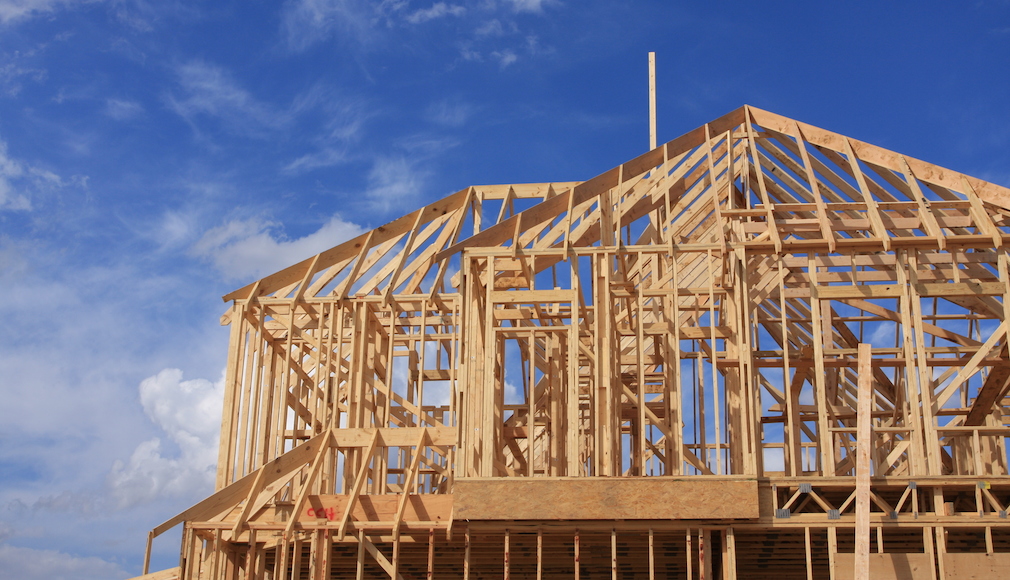Although construction slightly increased in May, construction prices proves to be a deterrence to growth, according to the latest report from the U.S. Census Bureau.
Privately owned housing starts increased in May to a seasonally adjusted annual rate of 1.35 million up 5% from April's 1.28 million. However, this is still up 20.3% from the annual rate of 1.12 million in May 2017.
But the decrease from April to May was driven by a fall in the multifamily sector. Single-family housing starts decreased 3.9% month-over-month to a rate of 936,000, up from 901,000 in April.
One expert stated that more jobs could possibly lead to an increase in production, however, builders still are worried about the increase in construction prices.
"Ongoing job creation, positive demographics and tight existing home inventory should spur more single-family production in the months ahead," National Association of Homebuilders Chief Economist Robert Dietz said. "However, the softening of single-family permits is consistent with our reports showing that builders are concerned over mounting construction costs, including the highly elevated prices of softwood lumber."
Building permits, which decreased from April but increased annually. Privately owned housing units authorized by building permits dropped 4.6% from 1.36 million in April to a seasonally adjusted annual rate of 1.30 million in May. This is up 8.0% from 1.20 million in May 2017. Once again, the monthly drop was led by the multifamily sector, as single-family authorizations decreased 2.2% from 863,000 in April to 421,000 in May.
Privately owned housing completions increased 1.9% to a seasonally adjusted annual rate of 1.29 million in May, up from 1.26 million in April. It is also up 10.4% from 1.16 million in May 2017.
Single-family housing completions increased 11% from the 802,000 reported in April to a rate of just 890,000 completions in May.
While there are still complications facing the housing market, some experts remain optimistic.
"We should see builders continue to increase production to meet growing consumer demand even as they grapple with stubborn supply-side constraints, particularly rising lumber costs," NAHB Chairman Randy Noel said.






